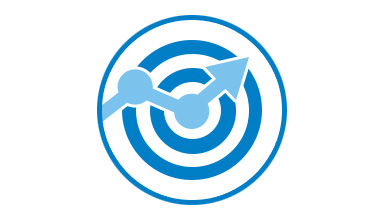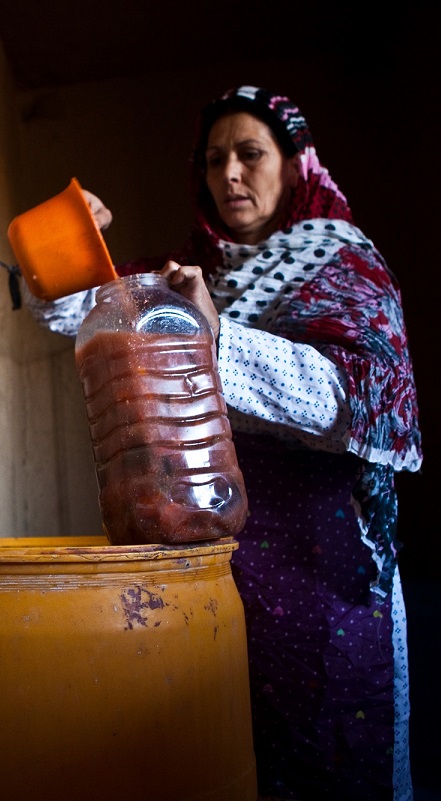Hand in Hand ‘extremely useful’ to socioeconomic situation: report
Hand in Hand Afghanistan’s programme in Samangan Province was “extremely useful to improving [the local] socioeconomic situation”, receiving “overwhelmingly positive” reviews from beneficiaries, according to independent evaluators.
That’s thanks in part to its “deeply localised design and implementation methodology, which prioritised existing dynamics, limitations and opportunities instead of transplanting projects and ideologies into the districts,” they said.
Launched in February 2014 with US $1.16 million in funding from European Union, the programme aimed to create 5,400 small businesses and 8,100 jobs over 30 months. Those targets, along with most others, were “met or exceeded”, according to the Green Growth Consulting Services report.
By the numbers
 5,518 enterprises vs target of 5,400
5,518 enterprises vs target of 5,400 8,538 jobs vs target of 8,100
8,538 jobs vs target of 8,100 Average increase in business income: 44%
Average increase in business income: 44%Economic empowerment
Published in October 2015, an independent mid-term review of the programme said Hand in Hand’s work with women had been “highly effective”. Members of both sexes who owned enterprises before joining the programme saw their incomes increase by 44 percent, on average, while those without businesses went from earning nothing to earning 1,900 AFN (US $28.50) a month.
Member’s voices
Evaluators interviewed dozens of members, both individually and in groups. “The vast majority… indicated satisfaction with their new income-generating opportunities, and were optimistic about their group and individual efforts to continue their activities following the project’s completion,” they concluded. Most found their new incomes “particularly useful” for putting food on the table and paying children’s school fees. Sara, 47, was one of them.
“We learned how to save, and also learned bookkeeping and specific trades. I know how to read phone numbers and prices now, as well as do basic calculations which I use for my poultry business.”
Zainab, 25, agreed. “Before these trainings, we didn’t know how to even have or develop savings. We didn’t know bookkeeping or how to start a business. Hand in Hand helped us develop these enterprises and have an independent income for ourselves as well as skills in how to continue pursuing these trades.”
Market linkages

5,518 members trained vs target of 4,300
‘Market linkage’ and ‘value addition’ training is the fourth and final step in Hand in Hand’s job creation model, provided only to those entrepreneurs who have proven their businesses are on solid footing and ready to grow. Hand in Hand Afghanistan targeted 4,300 members for market linkage training at the start of the programme and instead reached 5,518. That’s 28 percent above target. The training will help make sure their businesses continue to grow – merging into co-operatives, linking with international value chains or simply expanding into new territories – for years to come.
Recommendations
 Based in part on interviews with members and in part on their own conclusions, the report’s authors made a number of recommendations, including:
Based in part on interviews with members and in part on their own conclusions, the report’s authors made a number of recommendations, including:
- Continue to engage local communities with “more advanced” training, including courses to help interested members become trainers themselves.
- Expand into new villages, particularly those that have “already attempted to begin their own savings groups, rewarding their initiative.”
Hand in Hand is actively fundraising to do just that. For more information about how you can make a difference, please email Major Donor and Corporate Fundraising Officer Joe Dyson.
- Continue to monitor programme members in years to come.
Hand in Hand Afghanistan’s monitoring and evaluation framework was under review even as Green Growth completed its report. After-the-fact evaluation has been included as a central consideration.
